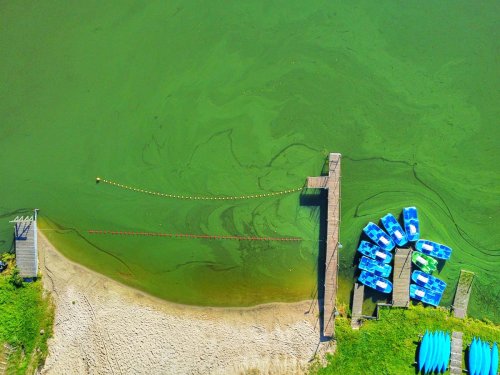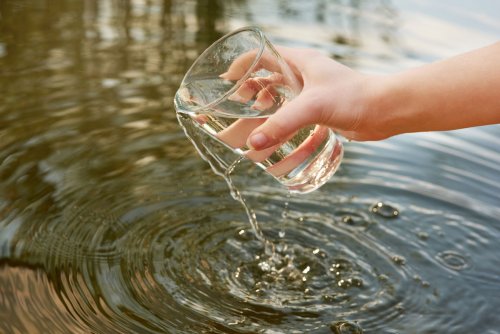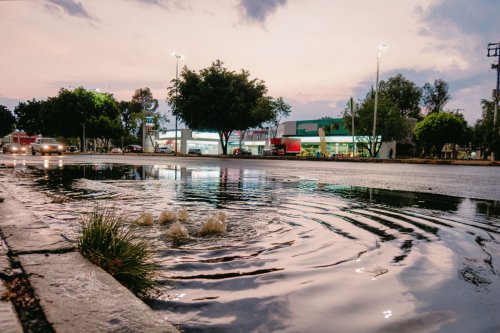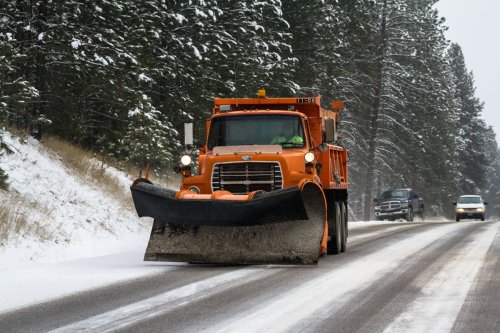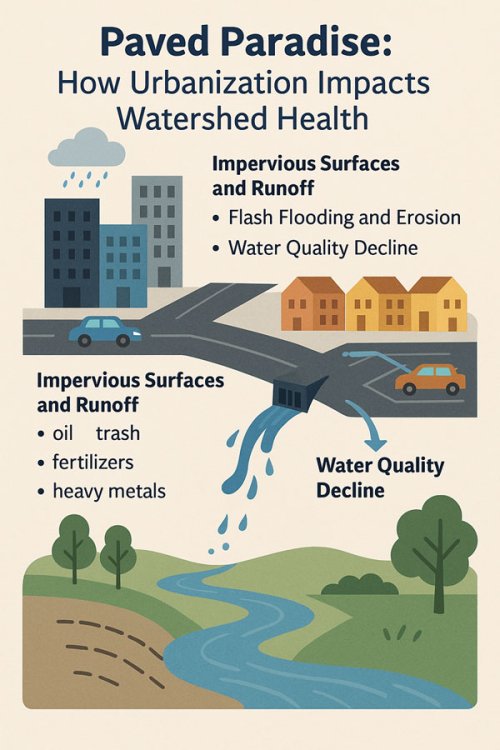Salt Brine Mixers & Calibrations - A Quick-Start Checklist for DPW Crews
A consistent, well-documented salt-brine program starts with the right mix and accurate calibrations. By following the checklist above, your crew can cut unnecessary salt use, improve roadway traction, and demonstrate environmental stewardship in every storm event, without adding cumbersome steps to the workday. Pin the checklist at the brine bay, make it part of your daily routine, and watch your salt bills and complaint calls drop.

Producing the right salt-brine mix, then applying it with properly calibrated equipment, is one of the fastest ways a Department of Public Works can lower winter-maintenance costs, reduce corrosion on infrastructure, and cut chloride runoff. The good news: you do not need a lab or a six-figure budget to get started. You do need a clean brine maker, a refractometer or hydrometer, and a repeatable workflow that every operator can follow. The checklist below will take you from empty tank to ready-to-roll in less than an hour.
Know Your Target Concentration
Most U.S. DOTs shoot for 23 to 24 percent sodium-chloride brine (specific gravity ≈ 1.179 at 15 °C) because that concentration reaches the lowest practical freezing point of about −6 °F/−21 °C. Going stronger wastes salt, while weaker solutions refreeze sooner.(dot.alaska.gov, sensorex.com)
Gear You Need at the Brine Bay
| Task | Essential Tool | Why It Matters |
|---|---|---|
| Measure salt | Bulk storage bin kept under cover | Dry, clean salt dissolves faster and produces consistent brine |
| Mix brine | Batch or continuous-flow brine maker with agitation | Ensures full dissolution and even concentration |
| Test concentration | Refractometer or hydrometer (calibrated) | Quick on-site verification—±0.5 % accuracy is fine for field work |
| Record results | Waterproof log sheet or tablet app | Builds a data trail for MS4 reporting and operator training |
Tip: keep a spare, pre-calibrated refractometer in the foreman’s truck for on-route spot checks.
Quick-Start Brine-Making Checklist
Pre-Mix (5 min)
-
Inspect tank, hoses, and valves for residue or leaks; flush if needed.(fhwa.dot.gov)
-
Confirm water source is potable or treated; hard water can leave scale and mislead readings.
-
Check your salt pile for clumps, debris, or visible moisture; discard contaminated material.
Mix & Verify (20–30 min)
4. Load salt per brine maker chart; start water flow. Follow the manufacturer’s recommended agitation time.
5. Once flow stops, draw a sample, let bubbles dissipate, then measure concentration with a refractometer.
6. If < 22.8 %, add salt and recirculate 5 min; if > 24.0 %, add water and recirculate. Repeat until in spec.(mde.maryland.gov)
Calibrate Spreaders & Sprayers (15 min per truck)
7. Inspect pump seals and nozzle tips; replace worn parts.
8. Perform a bucket test: run the pump for one minute into a marked container to verify gallons per minute (GPM). Record the number.
9. Enter the verified flow rate into the controller, then drive a 0.5-mile test at typical plow speed. Measure volume used and calculate gallons per lane-mile. Adjust controller gain until usage hits your route target.(wisaltwise.com)
Document & Store (5 min)
10. Log date, batch volume, final concentration, and operator initials.
11. Label the storage tank with batch ID and concentration.
12. Cap all vents to keep debris out; shield tanks from direct sun to prevent stratification.
4. Troubleshooting at a Glance
| Symptom | Likely Cause | Quick Fix |
|---|---|---|
| Refractometer readings drift | Dirty lens or uncalibrated device | Rinse lens with distilled water, recalibrate with pure water |
| Layer of undissolved salt on tank bottom | Inadequate agitation or clogged eductor | Back-flush eductor; extend mix time |
| Slushy brine in truck tank | Concentration below target | Blend with stronger brine or add salt to next batch and top off |
5. Ongoing QA/QC Practices
-
Weekly: verify refractometer calibration with DI water, flush mixer hoses, and perform a bucket test on the most-used truck.
-
Monthly: send a random brine sample to a certified lab to validate field readings.
-
Pre-season: train all operators on this checklist and have them sign off. A two-hour hands-on session pays off all winter.(clearroads.org)
A consistent, well-documented salt-brine program starts with the right mix and accurate calibrations. By following the checklist above, your crew can cut unnecessary salt use, improve roadway traction, and demonstrate environmental stewardship in every storm event, without adding cumbersome steps to the workday. Pin the checklist at the brine bay, make it part of your daily routine, and watch your salt bills and complaint calls drop.









